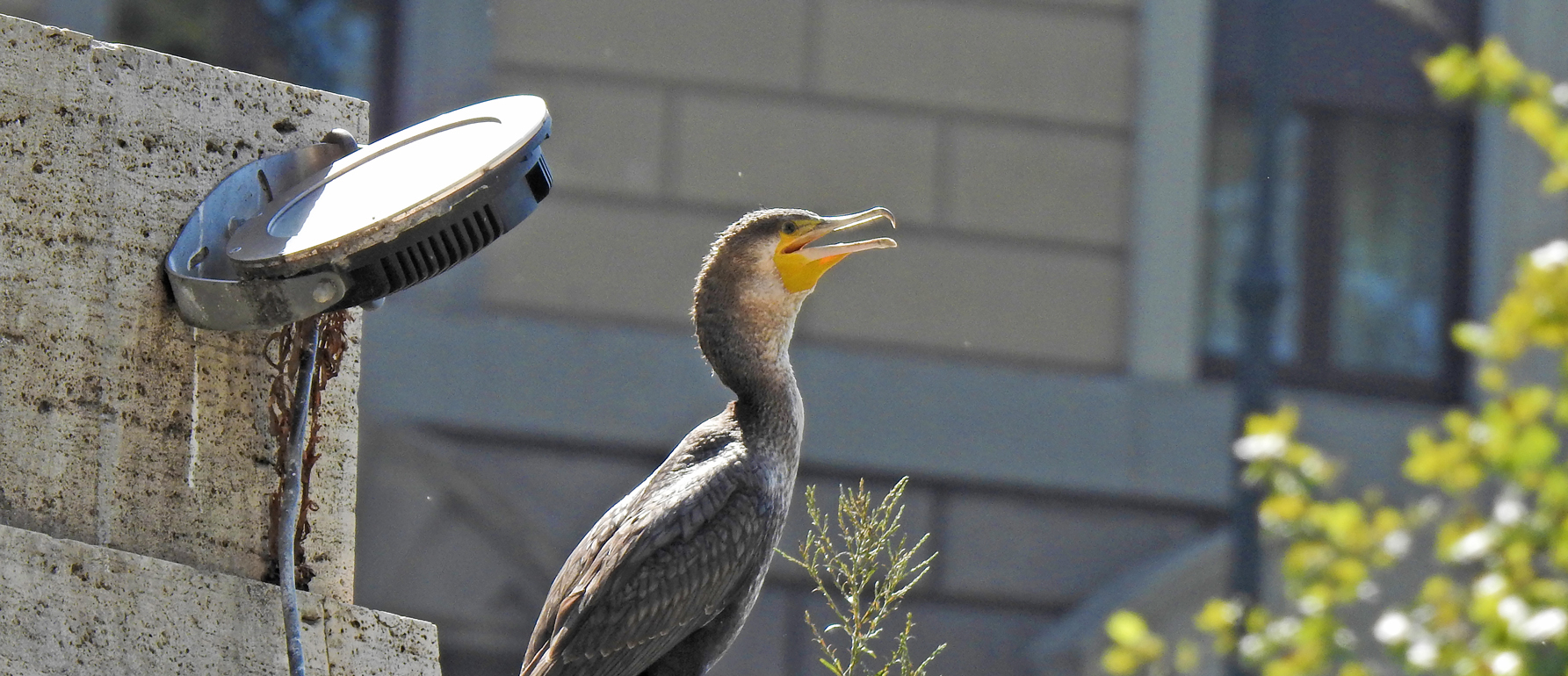On Saturday 12 September we organized another urban birdwatching morning along the Tiber river, in the company of our ornithologist Andrea Senese. Starting from the Tiber Island, through a circular route, we skirted the Tiber in its northern stretch to discover the biodiversity connected to the urban river ecosystems.
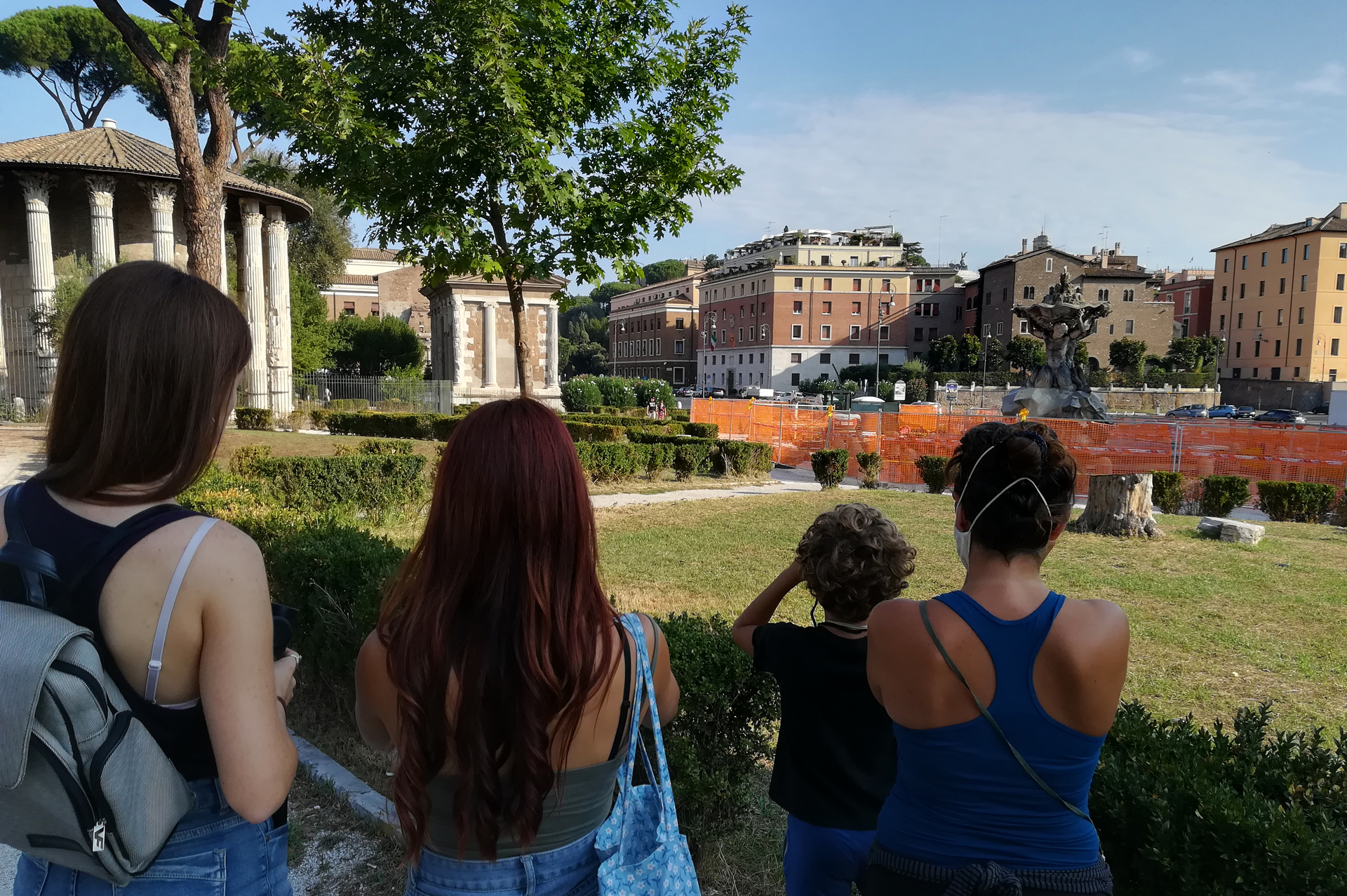
The walk saw the involvement of participants of all ages, intrigued by the possibility of observing, even in the city, species different from the usual pigeons and gulls. Even before starting, a White Wagtail (Motacilla alba) inspects the flowerbeds surrounding the Fountain of the Tritons, while we listen to the song of the Short-toed Treecreeper (Certhia brachydactyla) on the pines.
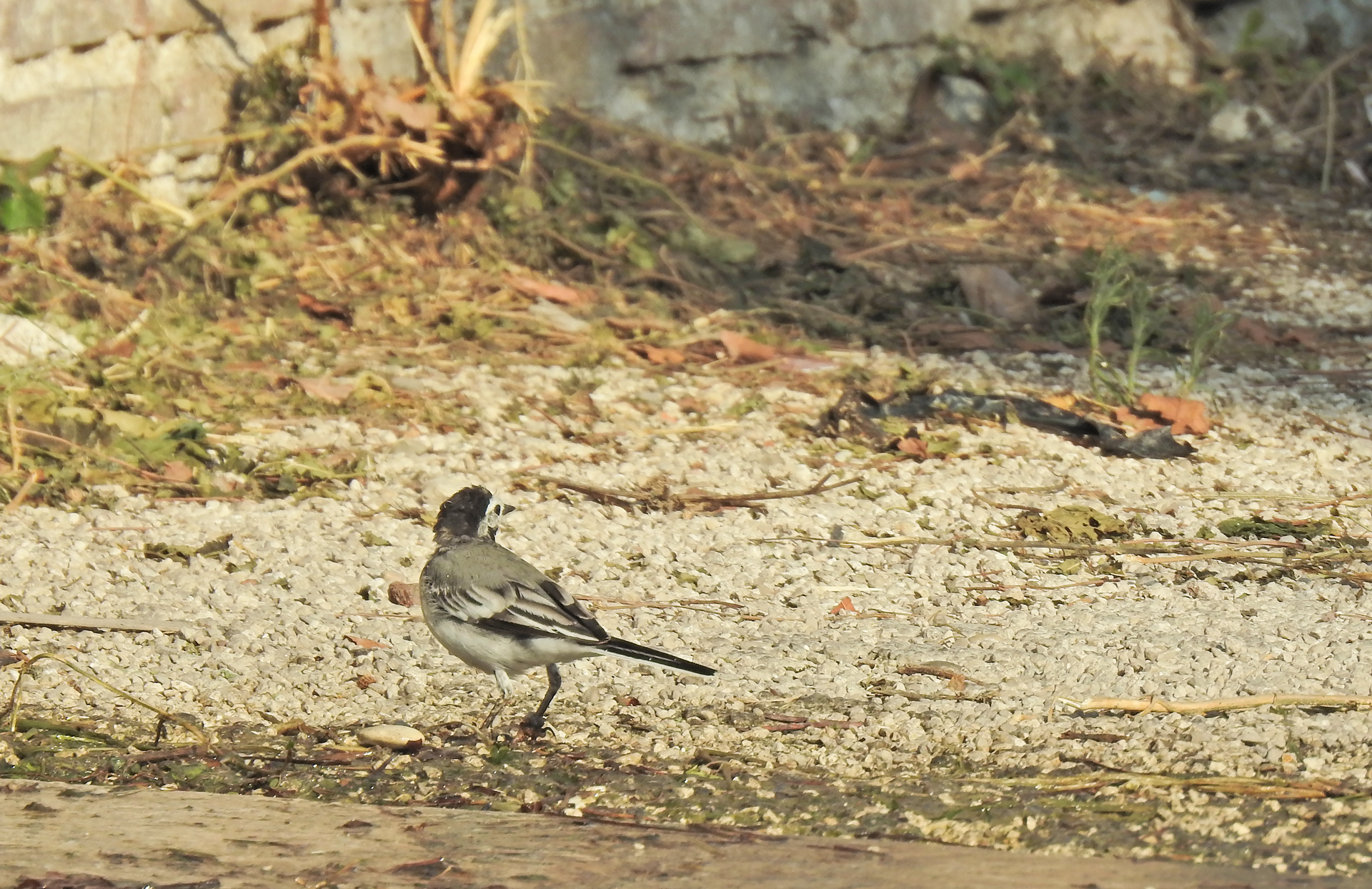
Once near the Ponte Rotto, in front of the Tiber Island, we begin to observe the first species related to river environments. Here, in fact, we spot the first Great Cormorants (Phalacrocorax carbo) and a Little Egret (Egretta garzetta), patiently waiting for the right moment to catch some fish.
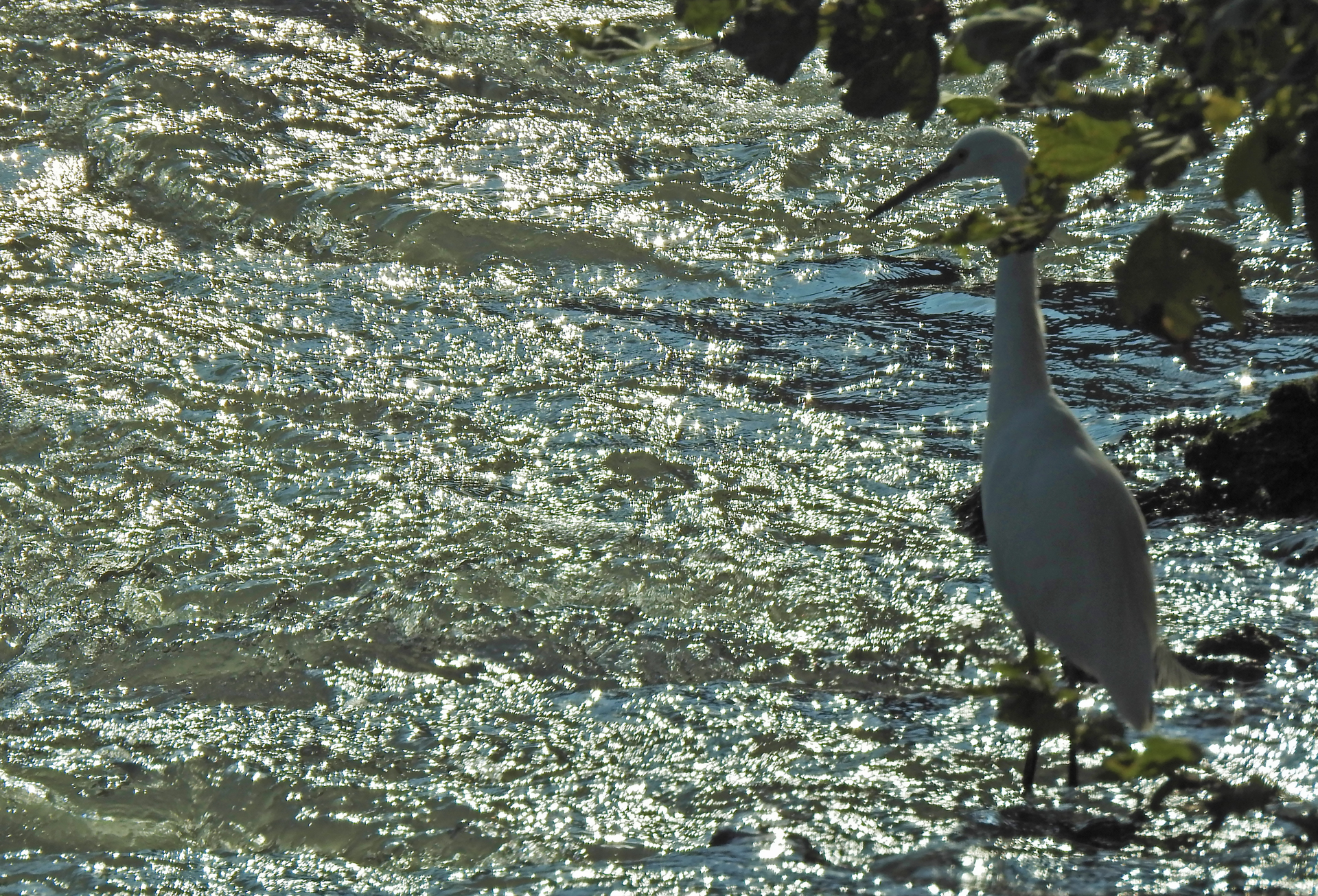
We then go down the stairs to skirt the cycle path and continue our observations along the river. Together with multiple individuals of feral duck, we contact two immature of Common Moorhen (Gallinula chloropus), which still have to acquire the characteristic and showy coloration of their bill and legs.
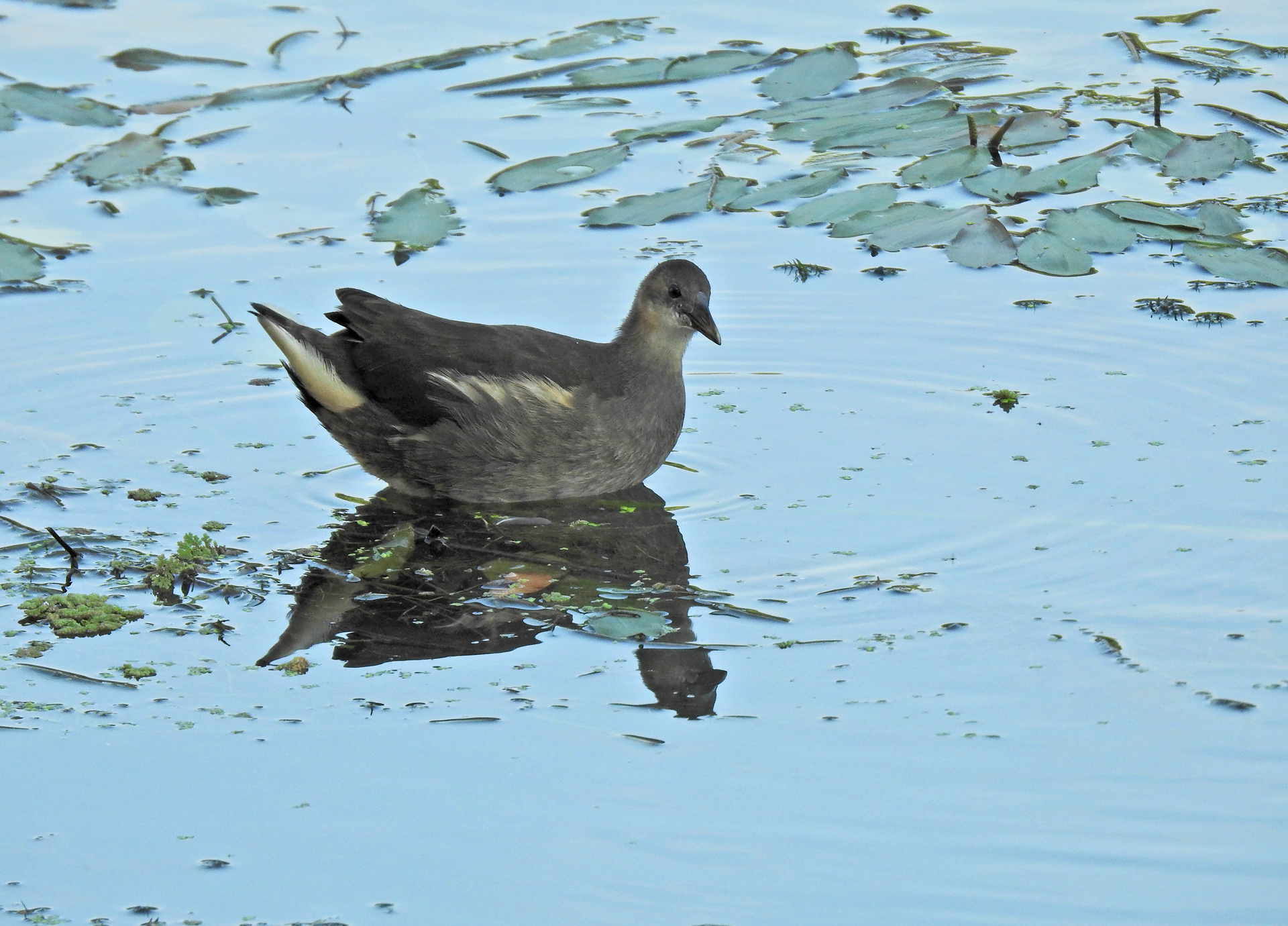
Further on, on the opposite bank, we observe a Grey Heron (Ardea cinerea). It is a young, hunting among the aquatic vegetation, in shallow water. This species, in fact, in addition to eating fish, has a wide spectrum of prey, from Invertebrates, Amphibians and Reptiles up to even ducklings and small Mammals!
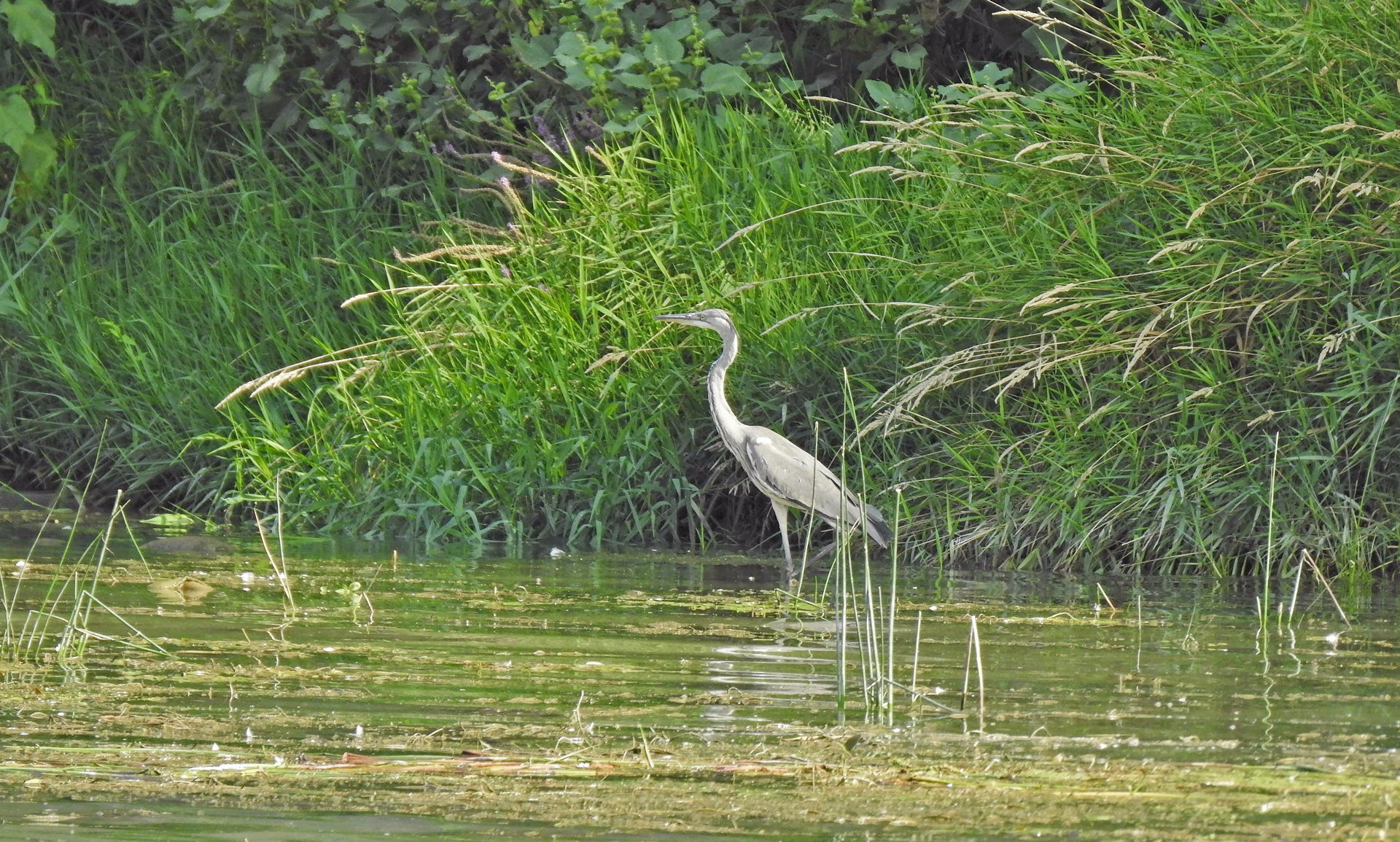
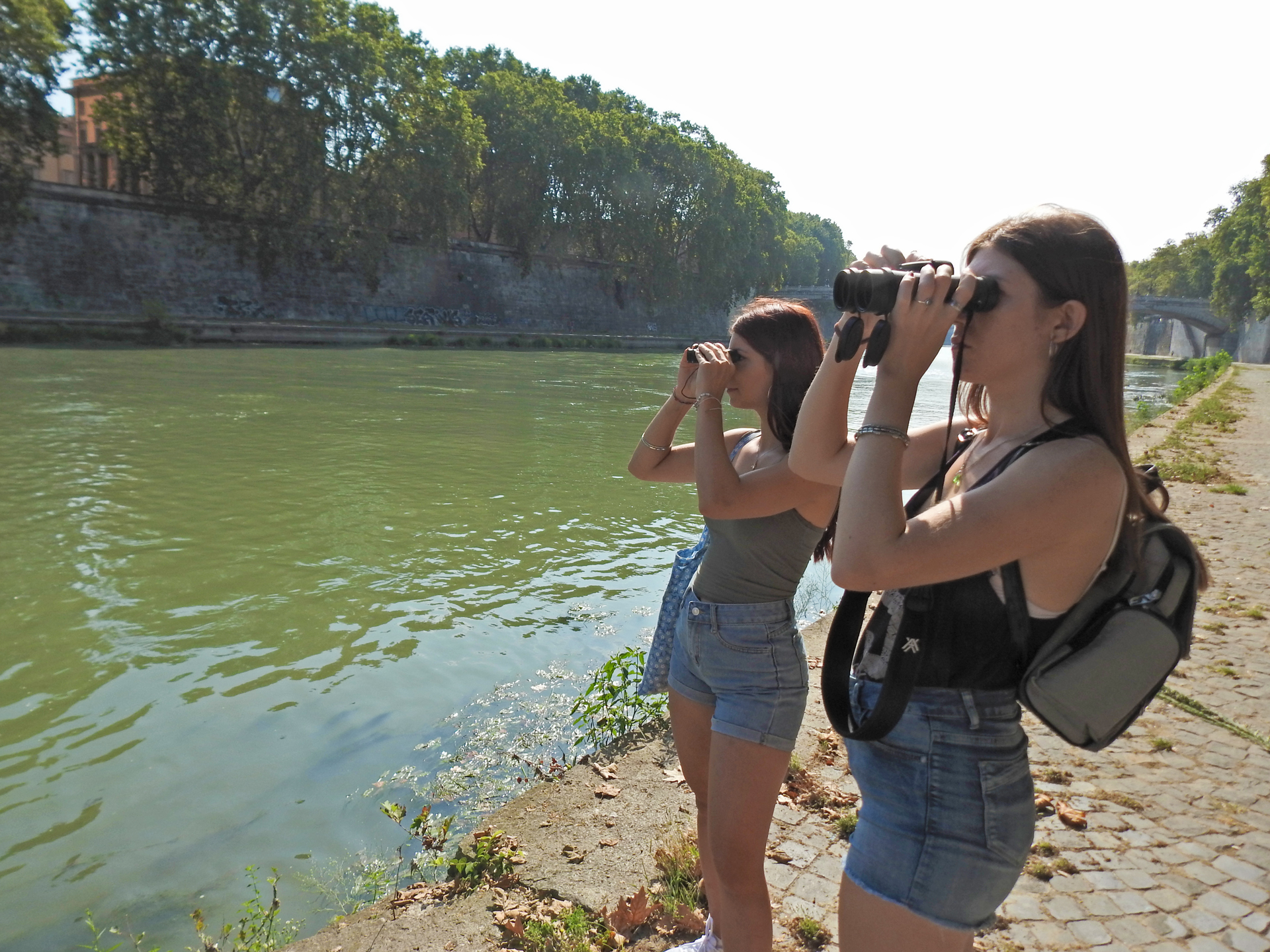
The sun begins to beat stronger and we take advantage of the shade offered by a bridge to take a break. Here we have the opportunity to appreciate a well-preserved strip of relict riparian vegetation, where among the Passerines there are two individuals of Cetti’s Warbler (Cettia cetti) as highlights.
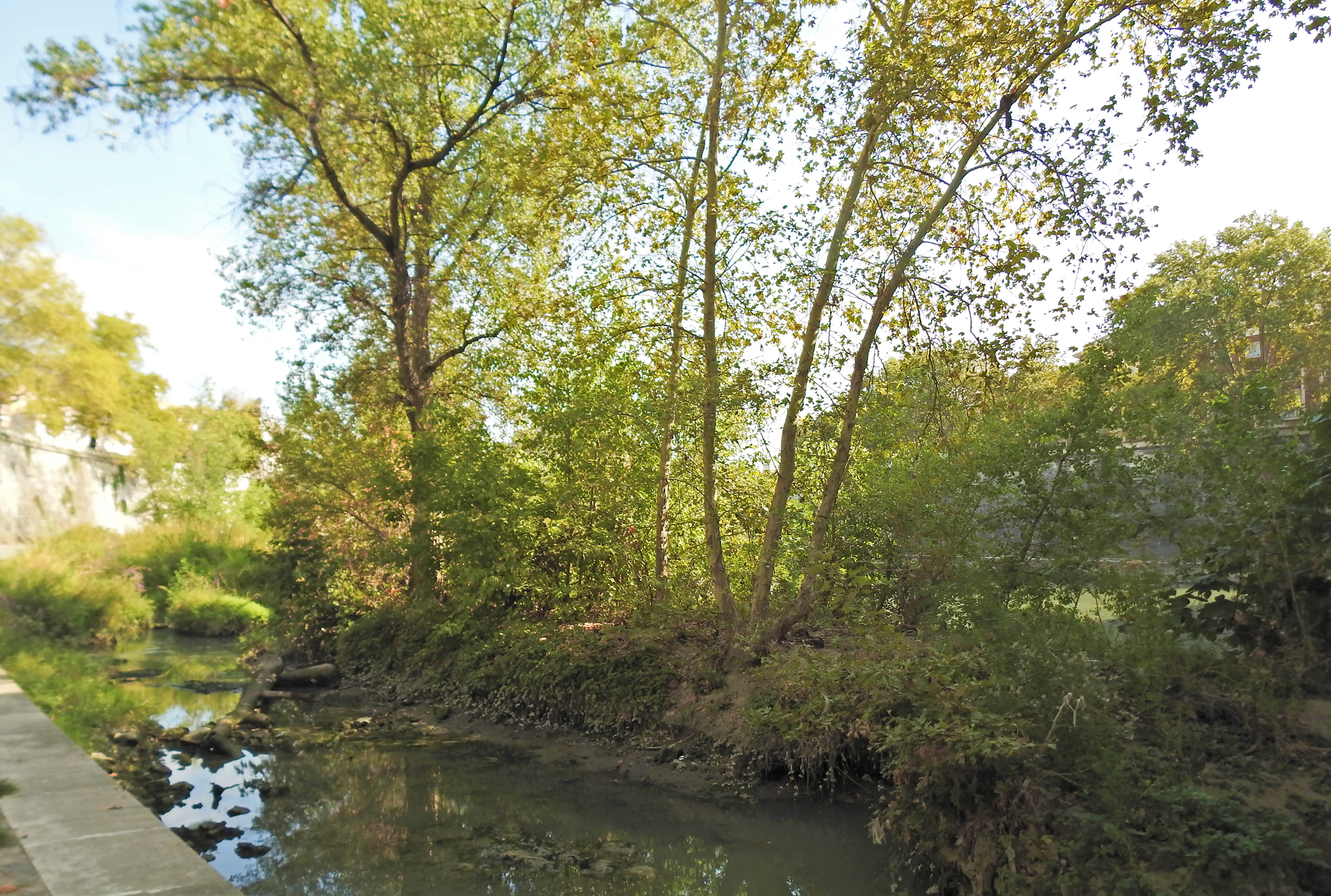
Continuing the path from the other side of the Tiber, the observations continue, including some Cormorants drying their plumage in the sun, following an underwater “fishing trip”.
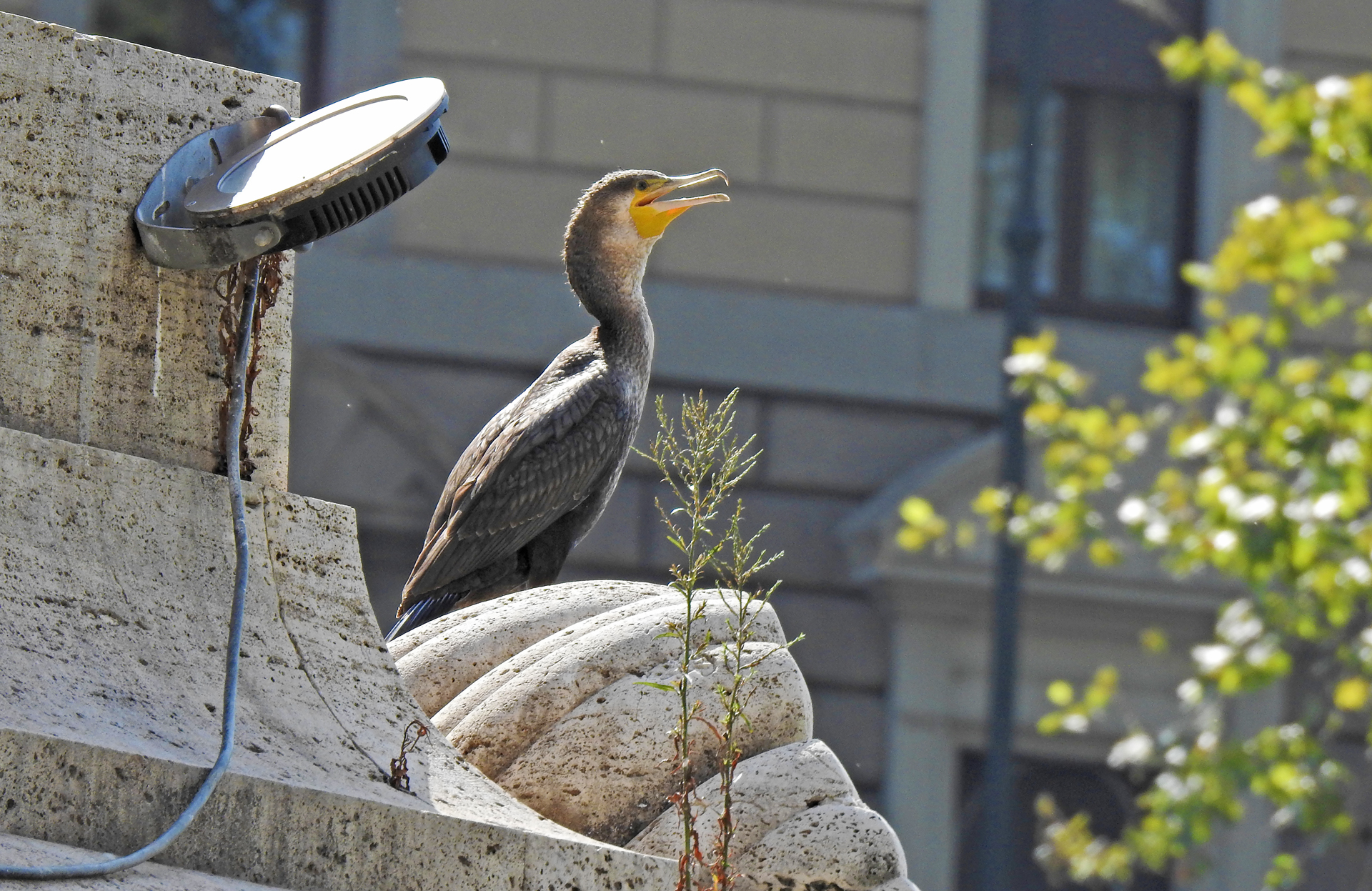
On the way back, a Rose-ringed Parakeet (Psittacula krameri) a few meters away attracts the attention of the participants. The individual in question is near a cavity on a trunk of a plane tree, so let’s take the opportunity to talk about the impact that this alien species has on the bats and on the species of birds that nest in the holes and the different nesting strategies between this parrot and the Monk Parakeet.
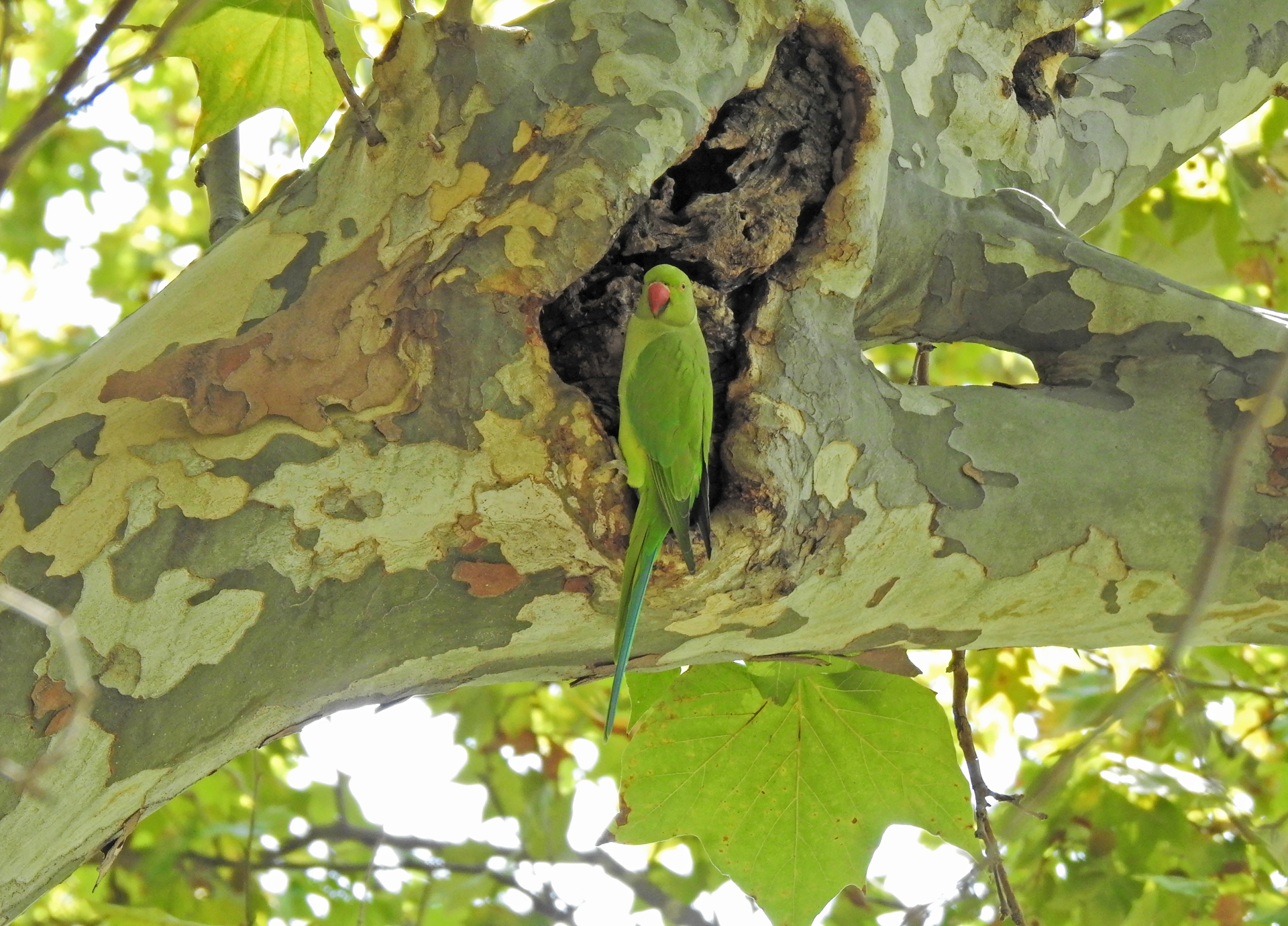
We conclude the urban trek by skirting the Tiber Island on Lungotevere dei Pierleoni, where we meet some basking individuals of Common Wall Lizard (Podarcis muralis nigriventris).
The next wildlife watching day trips in Rome and its surroundings are scheduled for the end of October, see you soon!

CHECKLIST
- Great Cormorant (Phalacrocorax carbo)
- Little Egret (Egretta garzetta)
- Grey Heron (Ardea cinerea)
- Common Moorhen (Gallinula chloropus)
- Yellow-legged Gull (Larus michahellis)
- Feral Pigeon (Columba livia var. domestica)
- Wood Pigeon (Columba palumbus)
- Rose-ringed Parakeet (Psittacula krameri)
- Monk Parakeet (Myiopsitta monachus)
- Pallid Swift (Apus pallidus)
- White Wagtail (Motacilla alba)
- Common Blackbird (Turdus merula)
- Blackcap (Sylvia atricapilla)
- Cetti’s Warbler (Cettia cetti)
- Firecrest (Regulus ignicapilla)
- European Blue Tit (Cyanistes caeruleus)
- Short-toed Treecreeper (Certhia brachydactyla)
- Hooded Crow (Corvus cornix)
- Common Starling (Sturnus vulgaris)
- Italian Sparrow (Passer italiae)
- European Serin (Serinus serinus)
